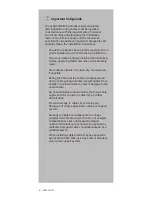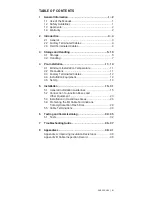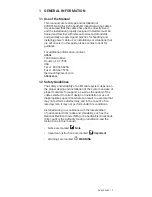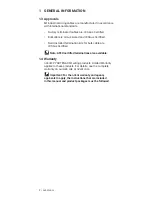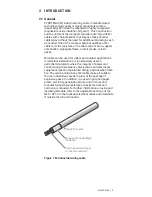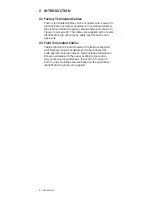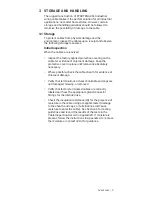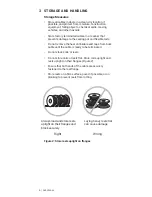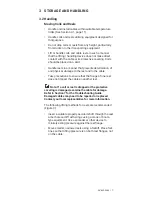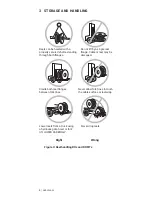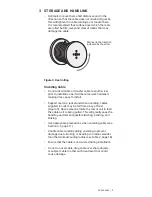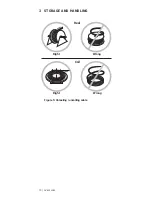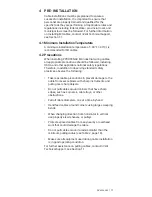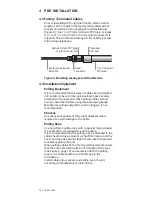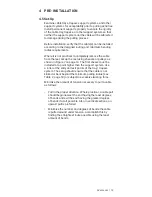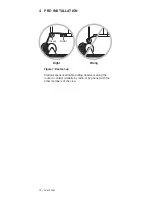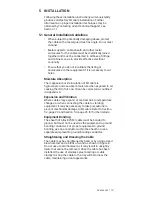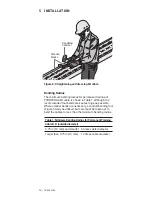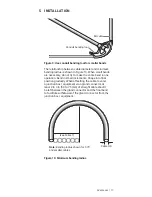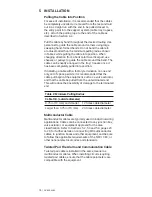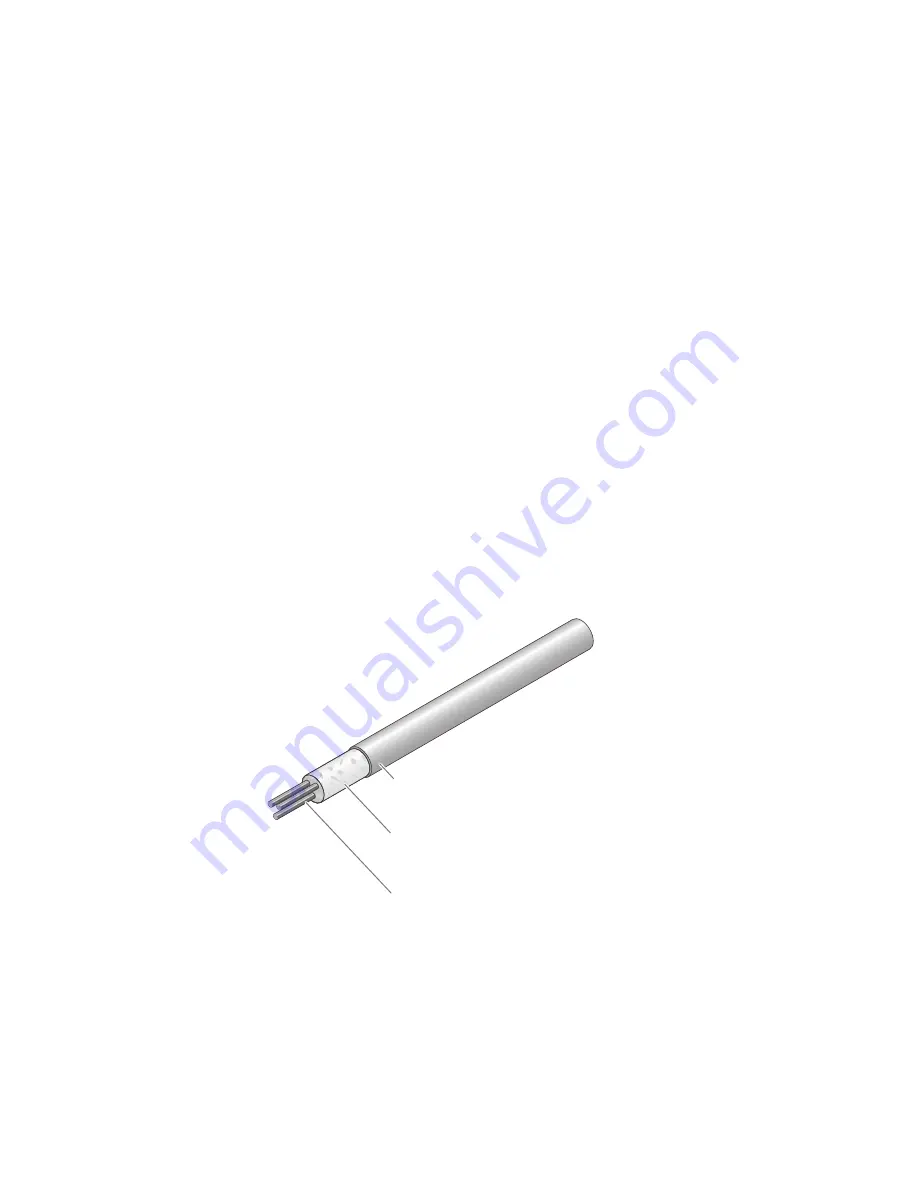
nVent.com | 3
2 INTRODUCTION
2.1 General
PYROTENAX MI industrial wiring cable is manufactured
with nickel-clad copper or nickel conductors within a
robust Alloy 825 sheath, embedded in highly compacted
magnesium oxide insulation (Figure 1). This construction
and the nature of the inorganic materials used provide MI
cables with characteristics that surpass those of other
cable types without the need for additional protection such
as conduit. One of the most exceptional qualities of MI
cable is its fire resistance—the cable will not burn, support
combustion, propagate flame, or emit smoke or toxic
gases.
MI cable can be used for indoor and outdoor applications
in industrial installations. It is extensively used in
petrochemical plants where the integrity of power and
control wiring to emergency block valves and emergency
equipment must be maintained during a hydrocarbon flash
fire. The solid construction of MI cable makes it suitable
for use in hazardous areas to prevent the passage of
explosive gases. In addition, it is used in pulp and paper
plants, electricity generation plants, and in mines and
manufacturing where resistance to extreme heat and
corrosion is required. For further information on using and
installing MI cable, refer to the applicable sections of the
NEC / CEC or other national electrical codes and standards
if outside the US and Canada.
Solid nickel-clad copper
or nickel conductors
Magnesium oxide (MgO)
insulation
Alloy 825 sheath
Figure 1: MI industrial wiring cable
Summary of Contents for pyrotenax Alloy 825
Page 1: ...MI Cable Industrial Wiring Installation Manual For Alloy 825 Sheath Cables ...
Page 4: ...iv nVent com ...
Page 46: ...42 nVent com ...
Page 47: ...nVent com 43 ...


